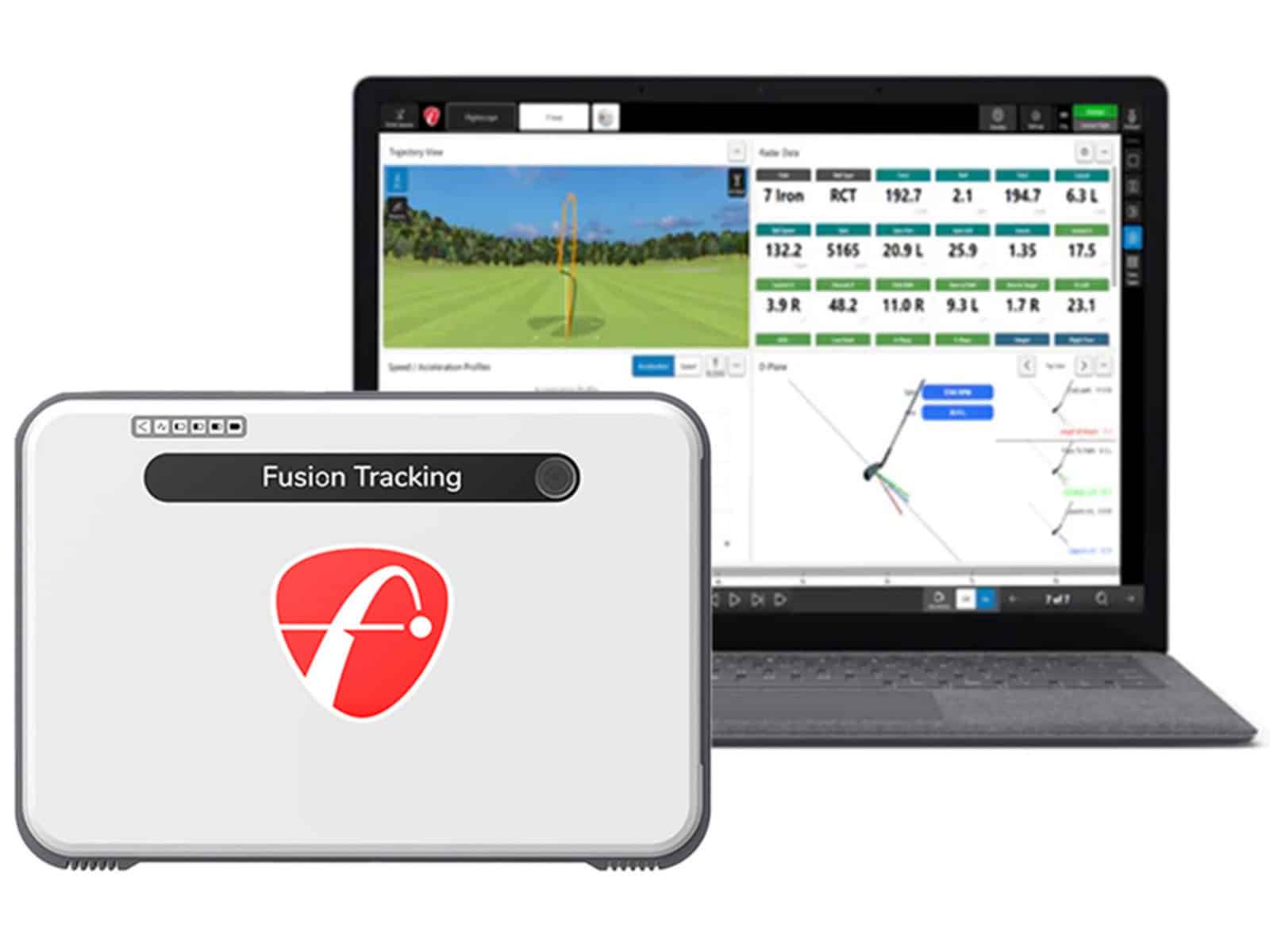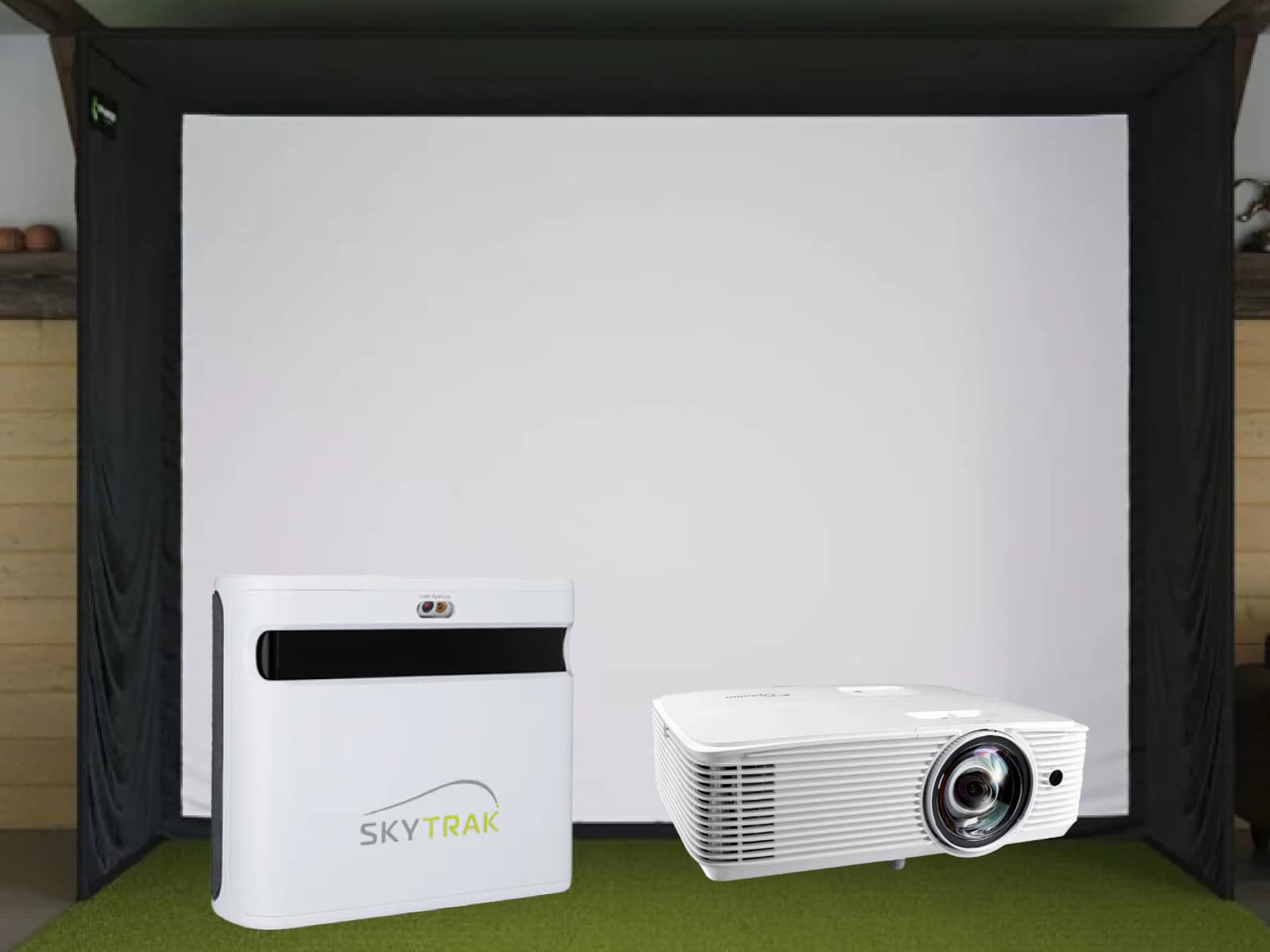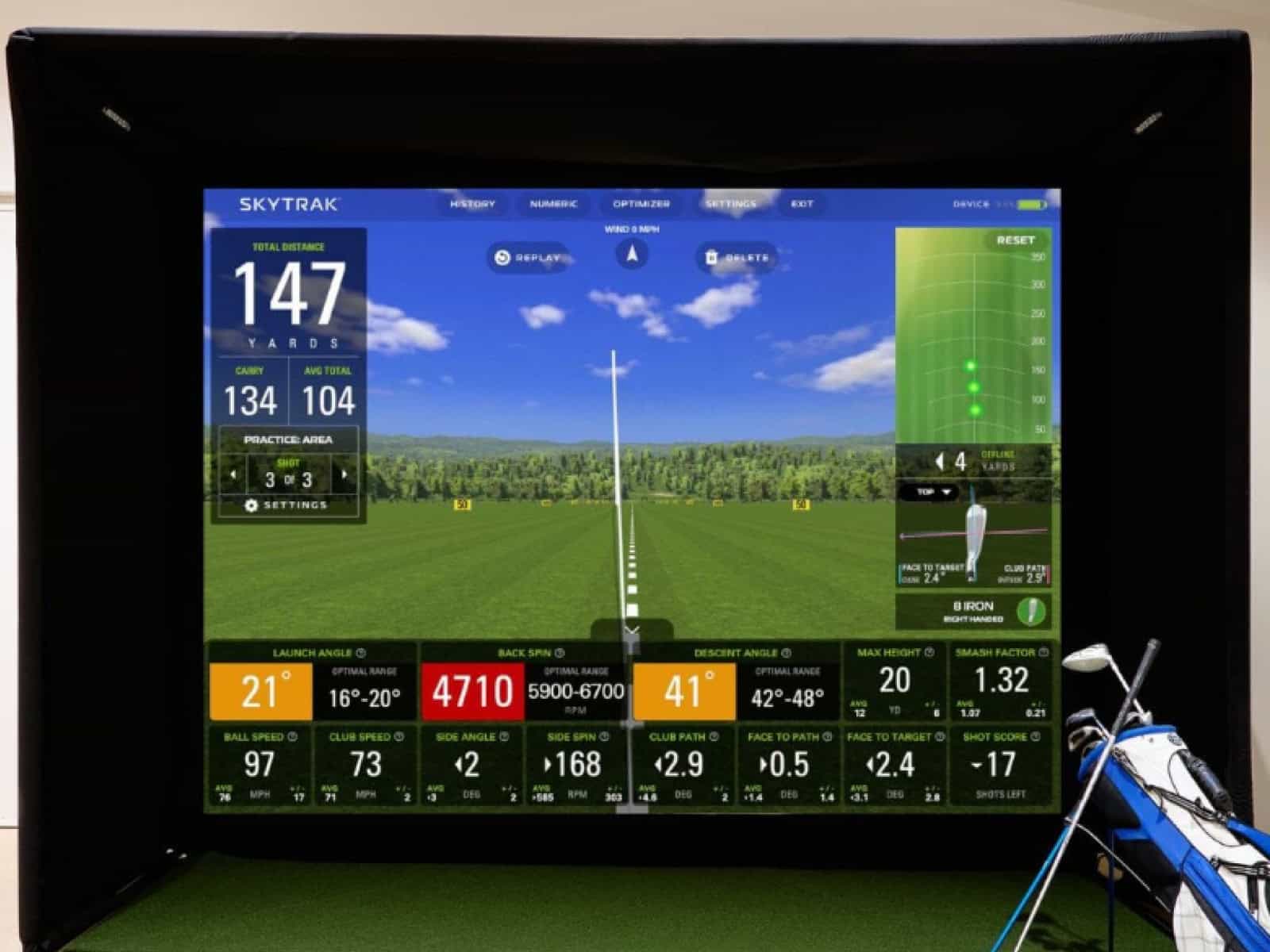Golf simulation technology has exploded in popularity in recent years, providing golfers with an indoor option to practice their swings and play virtual rounds when the weather doesn’t cooperate or time is limited. From recreational games to high-tech training tools, modern golf simulators use complex software and sensors to track club and ball data with impressive precision.
One of the most common questions about simulator accuracy involves detecting and analyzing flaws in a golfer’s swing technique. Specifically, can these systems identify slicing and hooking, two of the most frustrating shot patterns that plague amateur golfers?
Let’s find out!
The Objectives of This Article
In this article, the main focus will be on the following:
- Evaluating whether modern golf simulation equipment can detect and analyze common swing flaws like slices and hooks.
- Providing an overview of the swing analytics and measurement capabilities available in current simulator technology.
- Making recommendations for golfers considering investing in a simulator to improve their game.
The next sections will dive into details on how simulators work to identify swing errors, their limitations, and how the data they provide can help correct issues like slicing and hooking the ball. We’ll also discuss simulator best practices and training recommendations for lowering scores on both virtual and real courses.
Can Simulators Detect Slices and Hooks?
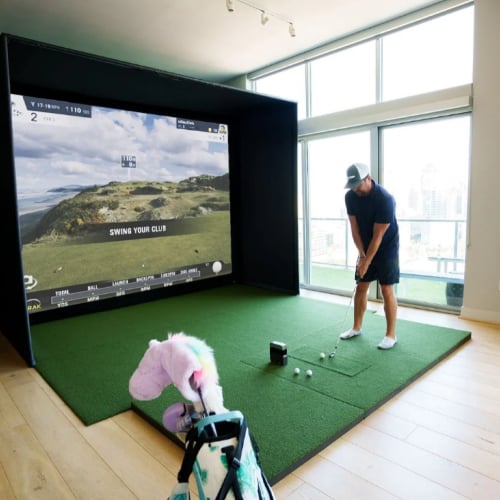
One of the most important questions around golf simulator accuracy is whether these systems can reliably identify common swing flaws like slices and hooks. Understanding the factors that cause these shot patterns is key for golfers looking to improve their swing technique.
Understanding Swing Flaws
A slice occurs when the clubface is open relative to the swing path at impact, resulting in sidespin that curves the ball to the right for right-handed golfers. Hooks are the result of a closed clubface in relation to the swing path, causing the ball to curve sharply left.
Other issues like over-the-top downswings, scooping, thinning shots, etc. can plague amateur golfers. Identifying the root causes of these errors is essential for making corrections.
Simulator Tracking Technology
Modern simulators use high-speed cameras, radar and infrared sensors to precisely track details of the swing path, clubface angle, and ball impact dynamics.
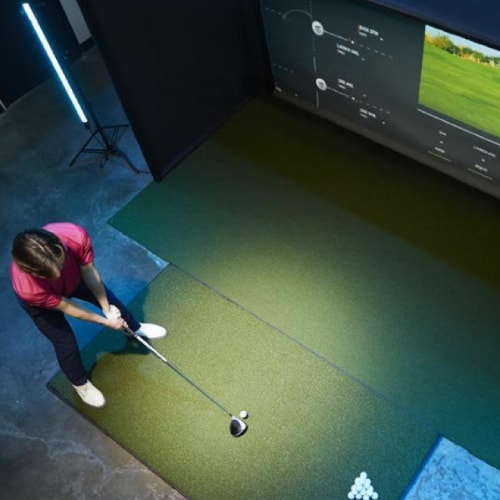
Sophisticated software analyzes this data and generates key swing metrics like clubhead speed, swing plane angle, tempo, face angle, etc. This technology allows simulators to detect swing characteristics that cause slicing, hooking and other shot patterns.
However, factors like off-center hits can affect accuracy. Budget systems may lack the high-precision tracking of premium simulators. Overall, accuracy levels continue to improve with technological advancements.
Slice and Hook Detection Capabilities
Advanced simulators can recognize an out-to-in or inside-out swing path, clubface alignment at impact, and spin axis of the ball indicating a slice or hook. They provide metrics like swing path angle, clubface angle, attack angle, and spin rate to understand error causes.
Some systems also feature enhanced shot shaping and spin detection for detailed hook and slice analysis. However, simulators cannot necessarily diagnose why a swing flaw is occurring without correlating data trends and additional context.
In short, modern simulators have good slice and hook detection capabilities, especially high-end models. However, instruction and practice remain vital for fully correcting these stubborn swing faults.
Implementing Changes and Improving Your Swing
Once a golf simulator has identified swing flaws like slicing or hooking, the next step is putting that data into action on the range and course. Turning analysis into tangible improvements requires diligent practice and validation.
Reviewing and Applying the Data
Read and carefully examine simulator metrics like club path, angle of attack, face angle, and ball spin to understand the root causes of your errors. Compare trends over multiple swings to pinpoint where changes are needed.
Use video recording and impact photos to correlate data points with your physical swing. A coach can also help interpret results and give feedback. Focus on one or two priority adjustments at a time for manageable progress.
Developing Better Swing Mechanics
Use simulator-recommended drills, training aids and lessons to improve faulty swing mechanics. For example, an inside-out swing path can correct slices. Exaggerated draw drills promote the proper clubface closure through impact.
Continued repetition develops more sound, on-plane fundamentals. Progress gradually from short swings to full shots as new movements become more natural. Proper mechanics should take hold after consistent practice.
Real Course Validation

Once your simulator swing metrics show improvement, it’s time to test changes on the golf course. Ensure proper techniques hold up under pressure. Tune ball flights if slight adjustments are still needed.
Validate corrections over multiple rounds in different conditions. Refinements are often necessary after initial simulator practice. Maintain training even after solving your main miss to ingrain changes.
Simulators provide data to help improve your game and fix issues, but perfect practice makes it permanent. Diligently apply input to improve mechanics until results show on the virtual and real course.
Frequently Asked Questions
Here are answers to some common questions about using golf simulators to improve swing technique and correct issues like slicing and hooking:
How accurate are golf simulator swing analyses?
High-end golf simulators with cutting-edge tracking can provide very accurate swing metrics and diagnostics. While budget systems tend to lack the same level of precision, overall, today’s top simulators are highly capable analysis tools.
What data can I get from a golf simulator?
The most accurate simulators can measure plenty of data points, including clubhead speed, swing path, clubface angle, attack angle, tempo, ball spin rates, and much more. One great example is Flightscope’s X3C launch monitor, which is capable of tracking over 50 metrics related to full swings and short game (putting & chipping).
Cheaper models provide fewer data parameters and tend to be a tad less accurate than high-end systems (but still acceptable). The key is utilizing all the data to understand the causes of swing errors.
Will a golf simulator automatically fix my slice?
Unfortunately no – simulators only provide information and feedback. You must properly interpret the data and implement effective practices to ingrain changes.
Lessons with a professional instructor will help correct the root causes if you can’t figure out how to do it by yourself.
Should I take lessons in addition to using a golf simulator?
Yes, combining simulator metrics and feedback with professional instruction is ideal for identifying flaws and making lasting improvements. Still, it’s not an obligation; if you can interpret the data yourself and know how to use it to fix your swing flaws, you don’t really need to invest more in lessons and instruction.
How often should I practice on a simulator to improve my swing?
Most coaches recommend at least 2-3 simulator practice sessions per week to reinforce changes. More practice results in faster improvement. Continued use ensures swing corrections become second nature.
Final Thoughts and Recommendations
Modern top golf simulators have strong capabilities when it comes to detecting swing flaws like slicing and hooking. The high-precision tracking technology in advanced systems can measure club path, face angle and ball spin characteristics that identify these issues.
However, while simulators can recognize swing problems, correlating data for root cause diagnosis still requires human analysis and instruction.
For golfers seeking to improve their swing, a high-end simulator combined with professional lessons and serious practice is recommended. Continue using the simulator even after fixes to ingrain proper mechanics.
In terms of simulator selection, prioritize systems with comprehensive swing analytics and ball flight shaping detection. Look for accuracy-enhancing features like high-speed cameras and side spin tracking. And be sure to utilize all the data to make meaningful changes that lower scores both virtually and on the course.
If you have any questions, feel free to leave a comment below.
Thanks for reading!



